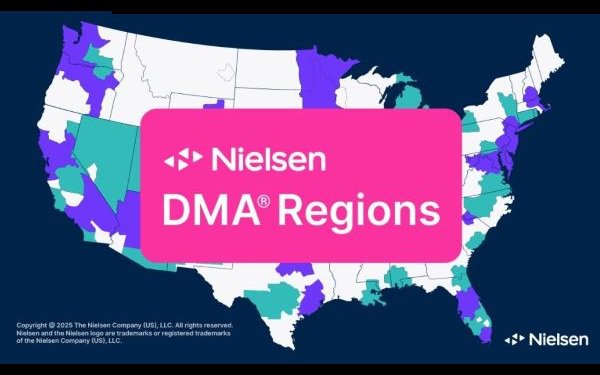
A headline on Nielsen's
Insights newsletter web page asked this question: “What is a Designated Market Area (DMA), and why does it matter?”
The piece then goes on to explain the concept of DMAs,
including how they originated, what they are, and how “hyper-local strategies” can benefit from what is known about regional “audience preferences and behaviors” within these
market areas.
I was kind of thunderstruck when I came across this piece. I was
surprised to discover that DMAs and their characteristics had apparently fallen by the wayside as a go-to tool for marketers and advertisers, or so it seemed from the article.
The Nielsen
Insights article was written in simple terms in the tone of a primer aimed at dusting off -- i.e., “reintroducing” -- the concept to modern-day readers who apparently had never
heard or seen the acronym DMA.
advertisement
advertisement
“To cut through the noise, marketers need to embrace hyper-local strategies, recognizing that audience preferences and behaviors can vary dramatically not
just between major markets, but even within individual neighborhoods of the same city,” Nielsen tells us.
“One particularly powerful approach is the use of geographically segmented
data that goes beyond a national view, diving into specifics of how, when and where different audience segments consume local television content in various markets,” it goes on.
“In the U.S., the media industry often refers to Designated Market Areas (DMAs) -- proprietary geographic regions exclusively defined by Nielsen to represent specific television viewing
areas.”
And this, the article seems to imply, is such an unknown concept today that it needs to be reexplained like a freshman intro class -- DMAs 101.
As I understood them, the
designation of distinct regional “market areas” started with a consideration of the strengths and contours of broadcast signals and the communities they served all the way out to the
limits of their signals.
But more than just signal strength, it was my impression that the designations were also based more or less subjectively on the perceived impact of primary local media
on diverse communities within a broadcast station's service area. I do not recall whether the reach of local newspapers was part of the DMA media mix.
This TV Blog is not a criticism of
the apparent obscurity and disuse of DMAs today (as I interpret the Insights article).
It is more about how it felt to realize that something I once relied on almost every day to do my
work is out of vogue and likely has been for a long time.
As a journalist, but not a marketing professional, there was once a period in my career when I had a great
familiarity with the nation’s DMAs, including their names, rankings and the TV and radio stations in many of them, from major to midsized to small.
Then as now, Nielsen's list of
Designated Market Areas goes from No. 1, New York City, to No. 210, Glendive, Montana.
I by no means had the list memorized in any way, but I could rattle off many of the DMA names and, more
importantly, the major TV and radio stations within them.
I especially took pride in my recall of the many markets in which towns and cities were combined -- Wilkes Barre-Scranton
(Pennsylvania, ranked 57th in 2024), Tyler-Longview (Texas, 111th), Flint-Saginaw-Bay City (Michigan, 74th), Greensboro-High Point-Winston Salem (North Carolina, 47th) and on and on.
It was an
analogue era and information about DMAs came from two printed sources. One was the annual Broadcasting Yearbook put out by Broadcasting magazine.
This weighty tome, about the
dimensions of an old phone book, contained information I needed to do the job of covering local TV and radio from New York City.
This information included call letters, network affiliations,
ownership (licensees) and management. The latter was especially important because here at my fingertips were the names of the general managers, sales managers, promotion managers and program directors
who I needed to reach.
Another source was the series of market-specific guide books put out by SRDS, which stands for Standard Rates and Data Services. Today, New York-based SRDS is part of Adwanted Group.
If memory serves, these SRDS books may have been published quarterly and possibly monthly. In at least one
important way, they did the Broadcasting Yearbook one better because the SRDS books not only had the names of management, but also their phone numbers.
This was a great help to
journalists, but the books' contact info and information on ad rates were designed primarily for ad buyers seeking access to prospects.
In any case, the TV Blog applauds Nielsen's
effort to revive interest in DMAs, a concept as relevant today as it was long ago, for journalists, marketers and media buyers alike.